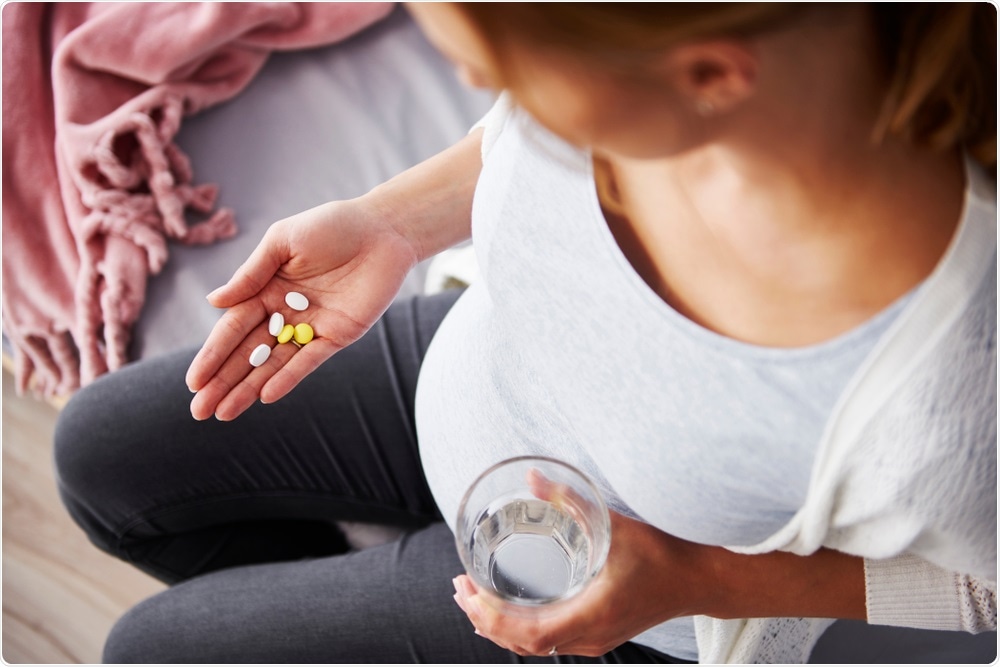Abstract
BACKGROUND:
Cisplatin (CP) has been used in wide range for cancer treatment. Although nephrotoxicity of CP was the main complication, cardiotoxicity has been reported.
OBJECTIVES:
This study investigates the protective role of green tea extract (GTE) and vitamin E (Vit-E) against CP-induced cardiotoxicity, and assesses their impact on CP antitumor efficacy.
MATERIALS AND METHODS:
Forty-eight male albino Balb/c mice were randomly divided into six groups, 8 per/group (Gp) were included. Gp1 served as control; Gp2 and Gp3 received oral GTE (400 mg/kg) and Vit-E (100 mg/kg) for 30 consecutive days respectively. Gp4 had received CP (7 mg/kg i.p.) once on the 27th day; Gp5 had received GTE (400 mg/kg p.o.) for 30 days and CP (7 mg/kg i.p.) on the 27th day. Gp6 had received Vit-E (100 mg/kg p.o.) for 30 days and CP (7 mg/kg i.p.) on the 27th day. Blood and tissues samples were harvested for biochemical and histopathological investigations. To evaluate the effect of GTE and Vit-E on the antitumor efficacy of CP, 49 female albino mice were inoculated intraperitoneally by Ehrlich ascetic carcinoma -cells (2 × 106/mouse) then treated with none, corn oil, CP, CP/GTE, CP/Vit-E, GTE or Vit-E.
RESULTS:
CP injection significantly increased Troponin I, CPK, CK-MB, malondialdehyde (MDA), and nitric oxide (NO) levels, while glutathione peroxidase (GPx), superoxide dismutase (SOD) and catalase levels were significantly reduced with disruption of cardiac muscle fibers, loss of striations, absence of intercalated disc, and the nuclei are pyknotic. Treatment with GTE and Vit-E improve the biochemical and histological parameters. Treatment with CP alone led to eradication of the tumor cells from the tumor-bearing mice. However, co-administration of GTE or Vit-E orally with CP did not interfere with its therapeutic effects.
CONCLUSION:
Treatment with GTE and Vit-E significantly ameliorated the CP cardiotoxicity and improved the myocardial histopathological architecture. GTE and Vit-E may be combined with CP to alleviate cardiotoxicity in cancer chemotherapy without interfering with its antitumor activity.
Read More

